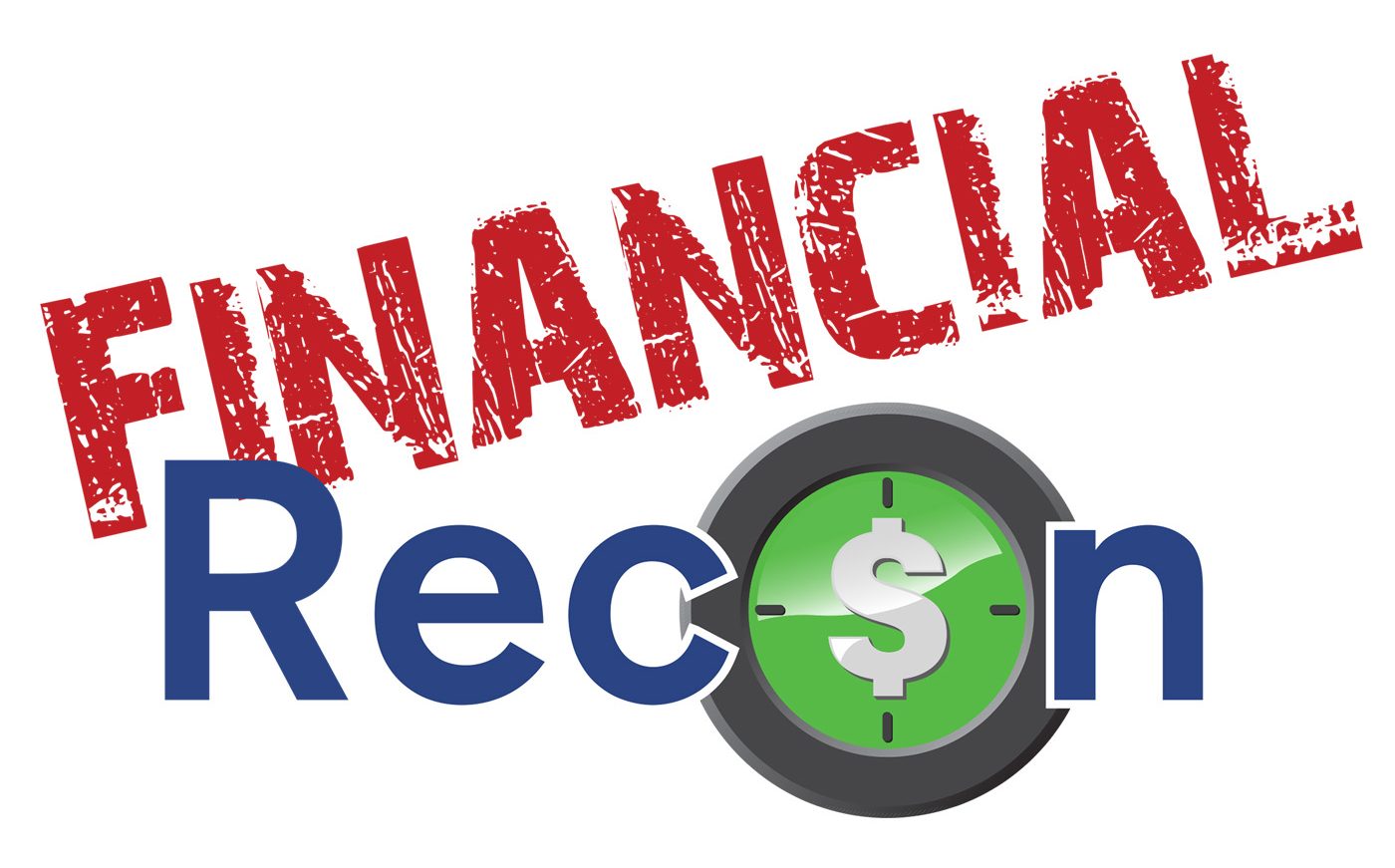There are no two ways around it, last week was just flat awful in the markets.
However, when I walked into my office the other morning, I found comfort in the most unlikely of things….a set of rubber ducks.
As some of you may have seen, I picked up some rubber ducks from the Berkshire Hathaway annual meeting last year as one of those ‘been there get the t-shirt’ type of items. So, I have rubber ducks Warren & Charlie sitting and faithfully watching over me as I go about the day’s events. This, however, is not about *who* the ducks represent but rather, *what* they represent.
Investing is filled with ups and downs. Unfortunately, we have grown much too accustomed to the markets moving straight up, and we forget that with the peaks come the valleys. To put this into perspective: a financial literacy class I volunteer with (8th graders), have known nothing but an up market in their lifetime. Crazy, right?!
Back to our story – when you have a rubber duck and place it in a bathtub, what happens?
Does it sink or does it float? (Child assists don’t count in sinking!)
They float…and much like when a child is splashing in a tub and creating waves, the ducks just roll along with it…ever so choppy, they may get dunked a time or two, but ultimately they pop back up.
Now this is not a guarantee (it makes the lawyers squeamish), but the markets have gone through events like this a time or two. So much so that legendary investor Jack Bogle went so far as to write in his paper for the Financial Analysts Journal entitled Black Monday & Black Swans:
The point is this: Over the very long run, it is the economics if investing—enterprise—that has determined total return; the evanescent emotions of investing—speculation—so important over the short run, have ultimately proven to be virtually meaningless. In the past century, for example, the 9.6 percent average annual return on U.S. stocks has been composed of 9.5 percentage points of investment return (an average dividend yield of 4.5 percent plus average annual earnings growth of 5 percent), and only 0.1 percent of speculative return, borne of an inevitably period-dependent increase in the price-earnings ratio from 10 times to 18 times, amortized over the century. Despite the Black Swans of market history, ownership of American business has been a winner’s game.
What I love about this paper is that the timeline in which it covers has exposure to pretty much every major event you can think about:
-Great Depression
-World War II
-High Inflation
-Tech Bubble
For someone to claim sample bias is silly.
But much like those rubber ducks in the tub, investing in companies with solid dividends and earnings is one way to help your portfolio ride through the emotions and float.
Disclosure:
The opinions voiced in this material are for general information only and are not intended to provide specific advice or recommendations for any individual.
The payment of dividends is not guaranteed. Companies may reduce or eliminate the payment of dividends at any given time.
